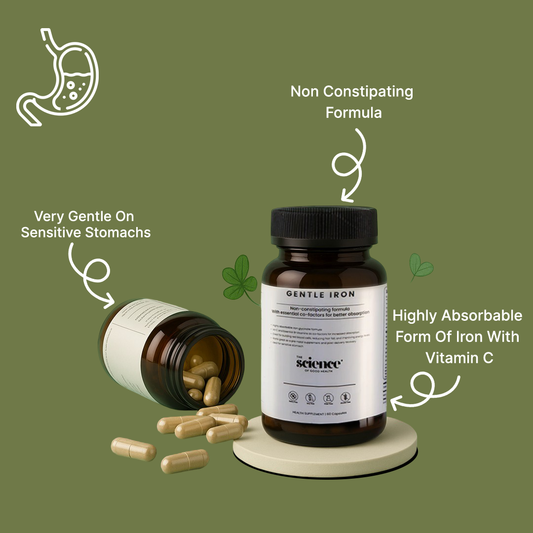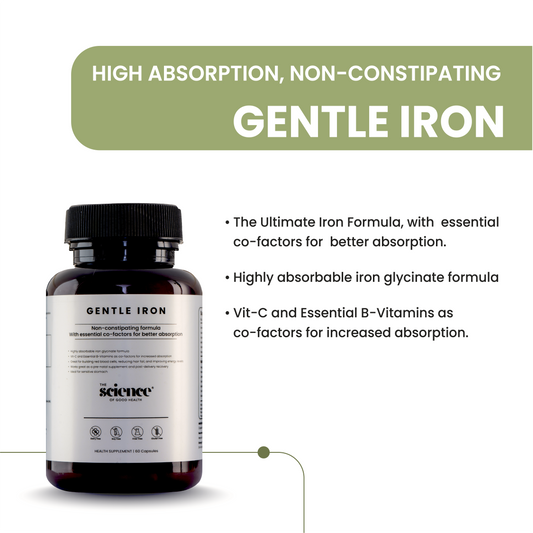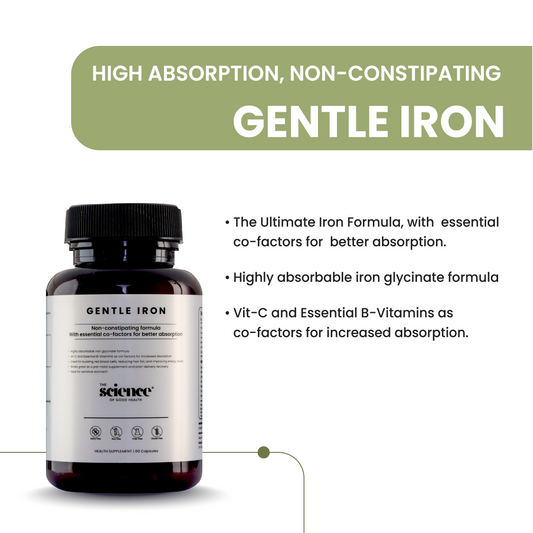Managing PCOD (Polycystic Ovarian Disease) effectively requires more than medications; diet plays a crucial role in balancing hormones and controlling symptoms. A well-structured PCOD diet chart provides guidance on what to eat, what to avoid, and how to plan meals that support weight management, reduce inflammation, and improve overall hormonal health.
If you are experiencing irregular periods, acne, unwanted hair growth, or difficulty losing weight, a proper PCOD diet chart can help manage these symptoms naturally. By following a consistent diet plan for PCOD, women can improve insulin sensitivity, enhance gut health, and regain energy. This comprehensive guide will provide a detailed PCOD diet chart, meal suggestions, lifestyle tips, and answers to frequently asked questions so you can start a practical, science-backed approach to managing PCOD today.
What is PCOD and Why Diet Matters?
Polycystic Ovarian Disease (PCOD) is a hormonal condition that affects women of reproductive age. It occurs when the ovaries produce excess androgens (male hormones), disrupting menstrual cycles and causing symptoms such as irregular periods, weight gain, acne, hair growth on the face and body, and sometimes fertility issues.
Diet plays a pivotal role in managing PCOD because hormonal imbalances are often linked to insulin resistance. Foods that spike blood sugar levels can worsen symptoms, while a carefully structured PCOD diet chart can help regulate insulin, reduce inflammation, and promote overall hormonal balance.
A PCOD diet focuses on nutrient-dense foods, balanced macronutrients, and low-glycemic choices that stabilize blood sugar. Following a diet plan for PCOD helps in maintaining healthy body weight, controlling cravings, and improving energy levels. In essence, a consistent PCOD diet chart is a natural, sustainable approach to managing PCOD alongside lifestyle modifications.
PCOD Diet Chart – Foods to Eat
Eating the right foods is essential for managing PCOD symptoms and supporting overall health. A proper PCOD diet chart emphasizes whole, unprocessed foods that help balance hormones, reduce inflammation, and improve gut health. Foods to include are:
-
Whole grains: Brown rice, oats, quinoa, millet. These complex carbohydrates provide steady energy and reduce insulin spikes.
-
Lean proteins: Eggs, fish, chicken, tofu, legumes. Proteins help regulate hormones, maintain muscle mass, and keep you full for longer.
-
Vegetables: Spinach, broccoli, carrots, beans, zucchini, bell peppers. Vegetables are rich in fiber, antioxidants, and essential vitamins that reduce inflammation.
-
Fruits: Apples, berries, guava, oranges, papaya. Low-glycemic fruits provide essential nutrients without raising blood sugar excessively.
-
Nuts and seeds: Chia seeds, flaxseeds, walnuts, almonds. Healthy fats from nuts support hormonal regulation and reduce inflammation.
-
Healthy oils: Olive oil, coconut oil, avocado. Good fats are crucial for hormone production and cellular health.
-
Herbal teas: Green tea and spearmint tea can help improve insulin sensitivity, reduce androgen levels, and support digestion.
A structured PCOD diet chart focusing on these foods ensures you get balanced nutrition while minimizing foods that worsen PCOD symptoms.
Foods to Avoid in PCOD Diet
Just as important as including the right foods is avoiding those that exacerbate PCOD symptoms. A well-planned PCOD diet chart recommends avoiding:
-
Refined carbohydrates: White bread, pasta, sugary cereals, pastries. These foods cause insulin spikes and worsen hormonal imbalance.
-
Fried and processed foods: Chips, fast food, packaged snacks. They are high in unhealthy fats that increase inflammation.
-
Sugary drinks and desserts: Soda, ice cream, candies, cakes. Sugar contributes to weight gain and insulin resistance.
-
Full-fat dairy (for some women): Whole milk, cheese, cream. Some women may experience worsened symptoms due to insulin-spiking effects.
-
Red and processed meats: Bacon, sausages, ham. These foods are inflammatory and can aggravate PCOD symptoms.
-
Artificial sweeteners: Aspartame, saccharin. They may disrupt gut health and worsen insulin sensitivity.
Avoiding these foods and replacing them with nutrient-dense alternatives is critical for a successful PCOD diet chart and better hormonal control.
Sample PCOD Diet Chart (Daily Meal Plan)
Here’s a practical diet plan for PCOD you can follow to improve your symptoms and overall health:
-
Morning (empty stomach): Warm lemon water or cumin water to kickstart digestion.
-
Breakfast: Vegetable oats or upma with a boiled egg or sprouts for protein and fiber.
-
Mid-morning snack: Seasonal fruit like apple, guava, or a handful of nuts such as almonds or walnuts.
-
Lunch: Multigrain roti with dal, a variety of sabzi (vegetables), fresh salad, and a small portion of curd.
-
Evening snack: Green tea with roasted makhana or sprouts.
-
Dinner: Grilled paneer or tofu with steamed vegetables, or a hearty vegetable soup with minimal oil.
-
Before bed: Warm turmeric milk or chamomile tea to aid digestion and improve sleep quality.
Following this PCOD diet chart consistently helps regulate blood sugar, manage weight, and improve energy levels throughout the day.
PCOD Diet Chart Variations
A PCOD diet chart can be customized according to specific needs:
-
Diet for weight loss: Focus on high-fiber vegetables, lean proteins, low-glycemic fruits, and minimal refined carbs.
-
Diet for weight gain: Include healthy fats, nuts, seeds, protein-rich foods, and complex carbohydrates in moderate portions.
-
Vegetarian PCOD diet: Emphasize plant-based proteins such as tofu, legumes, lentils, quinoa, and chia seeds.
-
Pregnancy-friendly PCOD diet: Prioritize iron-rich foods, folate, calcium, and protein to support a healthy pregnancy while managing PCOD symptoms.
Adapting your PCOD diet chart according to personal goals ensures sustainable results and better symptom management.
Lifestyle Tips Along with PCOD Diet
Diet alone is not enough to manage PCOD effectively. Following a PCOD diet chart alongside healthy lifestyle habits enhances results:
-
Exercise regularly: Yoga, walking, strength training, or cardio helps improve insulin sensitivity and reduce stress.
-
Manage stress: Meditation, mindfulness, and hobbies can lower cortisol, which impacts hormonal balance.
-
Prioritize sleep: 7–8 hours of quality sleep daily is essential for hormone regulation.
-
Hydration: Drink 2–3 liters of water daily to improve metabolism and support detoxification.
-
Mindful eating: Avoid skipping meals, eat slowly, and pay attention to hunger cues to prevent overeating.
Incorporating these practices along with a structured PCOD diet chart maximizes the benefits of nutrition and supports overall well-being.
Explore The Science of Good Health
Ready to optimize your PCOD diet chart and take control of your hormonal health? At The Science of Good Health, we provide functional supplements, anti-inflammatory nutrition products, and natural formulations designed to complement your PCOD management plan.
Our curated products, from gut detox blends and gentle iron to vegan protein powders and anti-inflammatory foods, work alongside your PCOD diet chart to support digestion, hormone balance, and energy levels naturally.
Explore The Science of Good Health today to start your journey toward better PCOD management and long-term wellness.
Conclusion
A consistent and well-structured PCOD diet chart is essential for managing hormonal imbalances, insulin resistance, and related symptoms. By focusing on whole grains, lean proteins, vegetables, low-glycemic fruits, and healthy fats while avoiding refined carbs, fried foods, and sugary drinks, women can improve weight management, reduce inflammation, and boost energy.
Combining a PCOD diet chart with proper lifestyle practices such as regular exercise, stress management, and adequate sleep creates a holistic approach to symptom control and overall wellness. A disciplined and science-backed approach empowers women to take charge of their health and achieve long-term hormone balance.
Read Our latest Blogs:
How to Detox Liver | Best Detox Drinks for Liver | PCOD vs PCOS | PCOD Problem Treatment Medicine | Diet for PCOD Patient | PCOD Exercise at Home | PCOD Problem After Marriage | PCOD Problem in Females | Symptoms of PCOD and PCOS | Exercise for PCOD Problem | Home Remedies for PCOD
Frequently Asked Questions
Q1. Can PCOD patients eat rice?
Ans: Yes, but it is best to consume brown rice or unpolished grains. White rice can spike insulin levels and worsen PCOD symptoms.
Q2. Is milk good or bad for PCOD?
Ans: Low-fat or plant-based milk is preferable. Some women may experience increased symptoms with full-fat dairy, so monitor how your body responds.
Q3. What snacks are best for PCOD?
Ans: Healthy options include nuts, seeds, roasted chickpeas, sprouts, or low-glycemic fruits. Avoid packaged or sugary snacks.
Q4. Can PCOD be reversed with diet?
Ans: PCOD cannot be completely reversed, but consistent adherence to a PCOD diet chart and lifestyle modifications can effectively manage symptoms and improve quality of life.
Q5. How often should I follow a PCOD diet?
Ans: Daily adherence is recommended. Occasional flexibility is acceptable, but consistent use of a PCOD diet chart yields the best results.
Q6. Are herbal teas beneficial for PCOD?
Ans: Yes, herbal teas like green tea and spearmint tea can reduce androgen levels, improve metabolism, and support digestion when included in a PCOD diet chart.
Q7. Can I eat fruits freely on PCOD?
Ans: Low-glycemic fruits like berries, guava, and apples are ideal. High-sugar fruits such as mangoes and grapes should be limited to avoid insulin spikes.
Q8. Should I take supplements along with the diet?
Ans: Supplements like omega-3 fatty acids, vitamin D, iron, and probiotics can complement a PCOD diet chart, but consult a healthcare professional before starting any supplementation.






